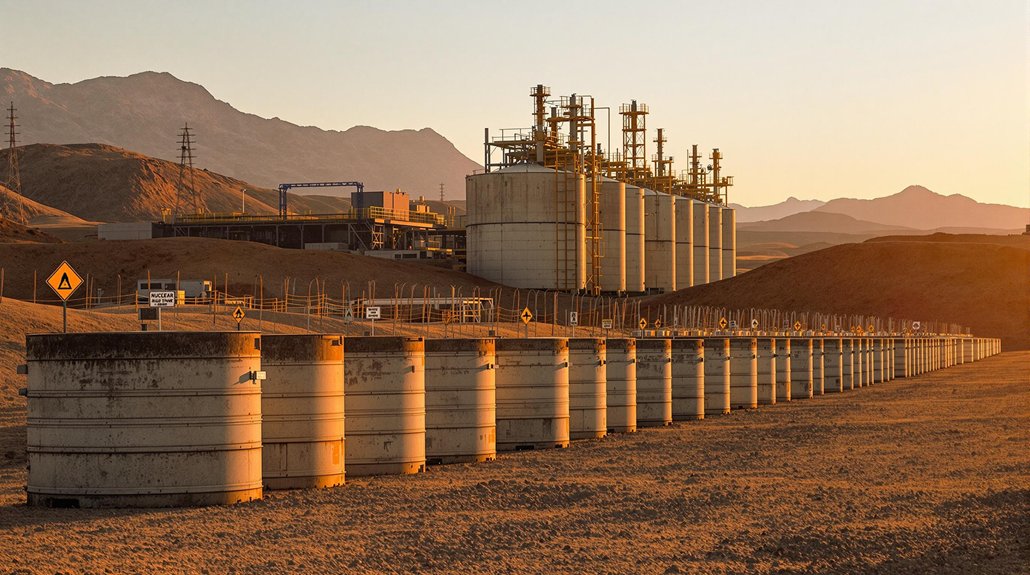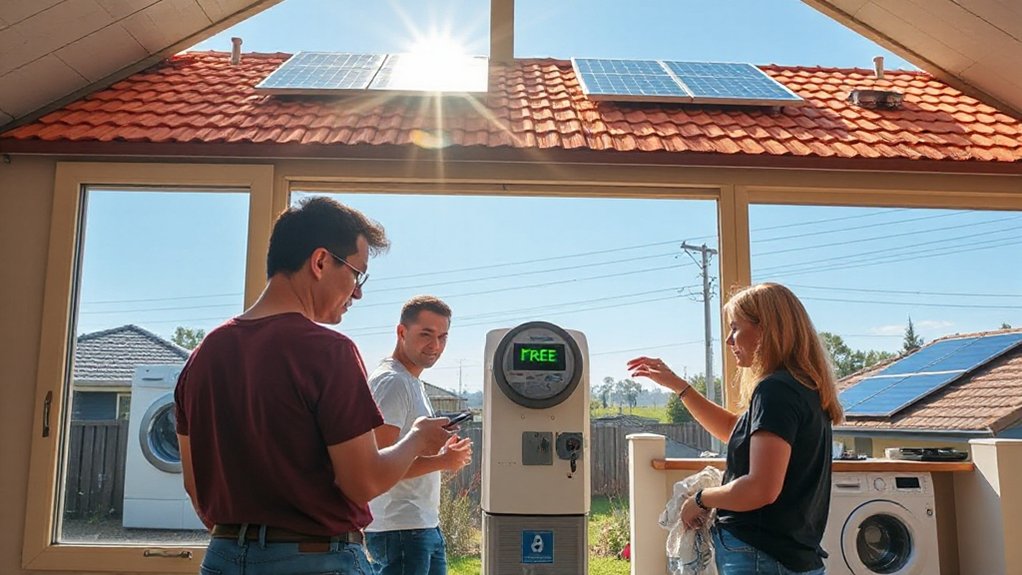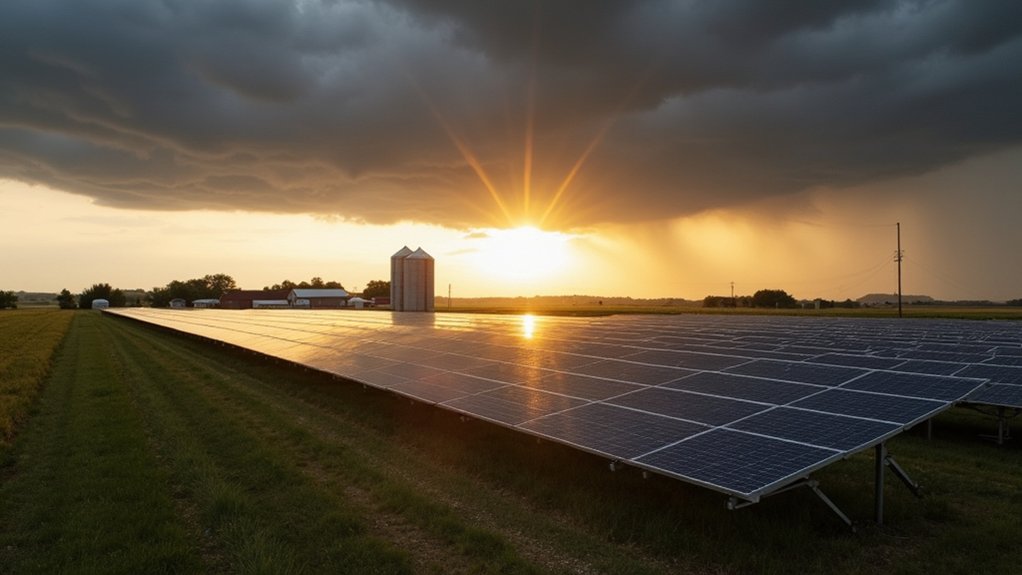China’s Two Sessions revealed a climate strategy shift that’s raising eyebrows. While targeting 5% GDP growth for 2025, Beijing’s dropped carbon intensity targets altogether, opting for absolute emission controls instead. They’re still building coal plants, though. Funny how they acknowledge extreme weather impacts while doubling down on fossil fuels. The trillion-yuan tech investment sounds impressive, but the climate math doesn’t quite add up. The world’s watching how this gamble unfolds.
As China wraps up its annual “Two Sessions” political gatherings, the country has revealed a striking policy pivot that could reshape its economic and environmental trajectory for years to come. Beijing’s ambitious 5% GDP growth target for 2025 shows they’re not messing around. The fiscal deficit‘s jumping to 4% of GDP, with a massive 3 trillion yuan in ultralong special treasury bonds planned. Money talks, right?
What’s really turning heads is the climate strategy. The government’s set an energy intensity reduction of “around 3%” but—wait for it—completely dropped carbon intensity targets from the Work Report. Talk about mixed signals.
They’re planning to shift from intensity-based to absolute carbon emission controls, which sounds great until you notice they’re still building coal plants like there’s no tomorrow. Oh, and they’re pushing renewable energy in desert regions too. Covering all bases, it seems.
Foreign investors are getting the royal treatment, at least on paper. “Vigorously encourage” is the buzzword for foreign investment, particularly in telecommunications and healthcare. But they’re also warning of “severe” trade conditions ahead. Not exactly confidence-inspiring.
The tech focus is unmistakable. A trillion yuan national venture capital fund? That’s serious cash for biomanufacturing, quantum tech, and AI development. They’re clearly betting big on “new quality productive forces,” whatever that means.
Meanwhile, domestic consumption gets a boost with tax reforms and improved subsidies. Three hundred billion yuan for a consumer goods trade-in program should help move some merchandise off shelves. The government is specifically allocating RMB 300 billion for special ultra-long-term bonds to support these trade-in schemes.
U.S.-China relations remain tense, with Beijing doubling down on tech self-reliance while paradoxically promoting international climate cooperation. The continued reliance on coal directly contradicts efforts to combat greenhouse gas emissions that drive global warming. They want to work with America on climate issues but aren’t exactly rushing to set ambitious targets themselves.
The structural shifts are real. China’s gambling that controlling carbon rather than energy will pay off. Will it work? The world is watching. Stakes couldn’t be higher.
The government work report also acknowledged the role of extreme weather events in missing previous energy intensity targets, signaling growing recognition of climate impacts on economic planning.









